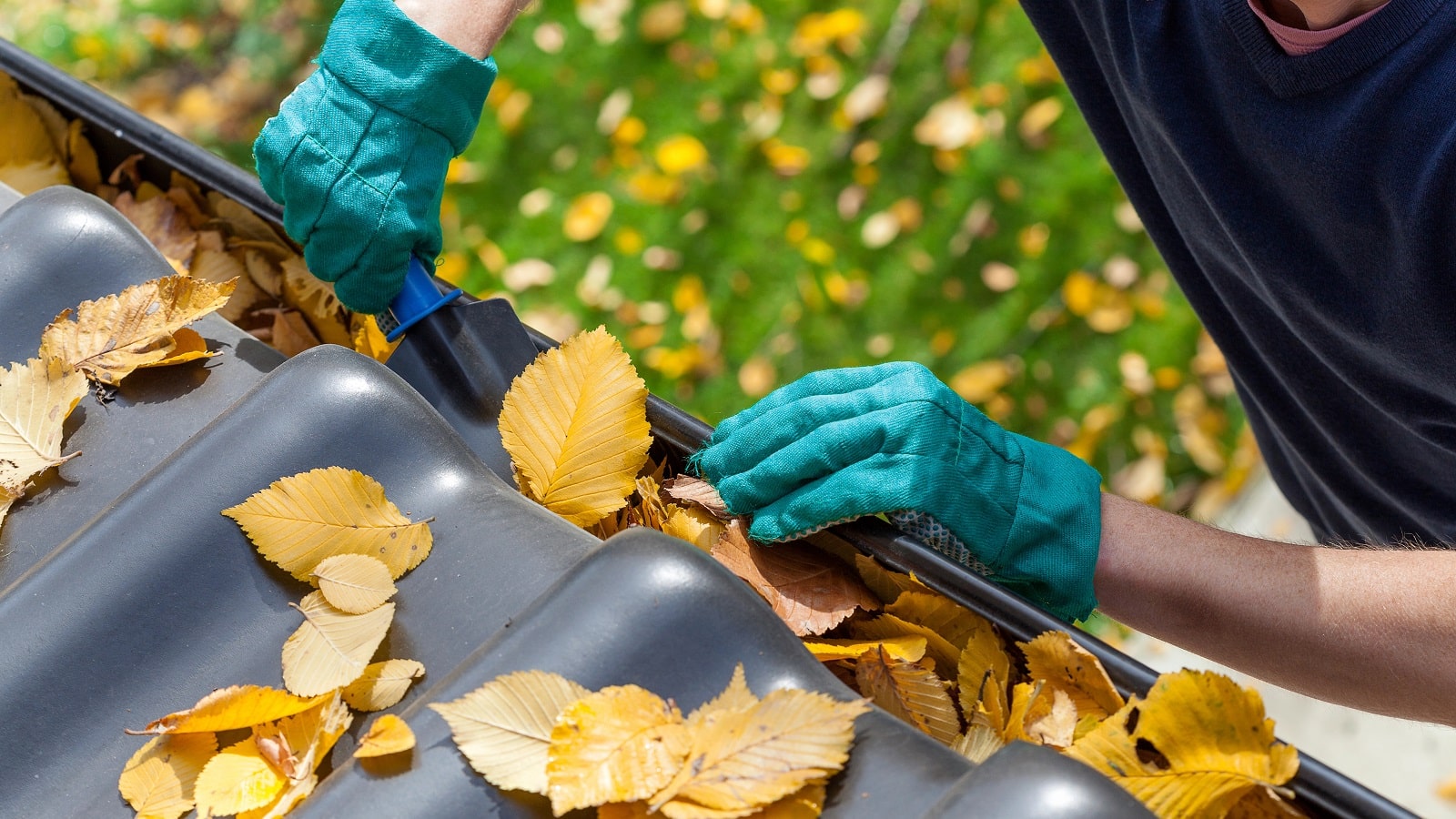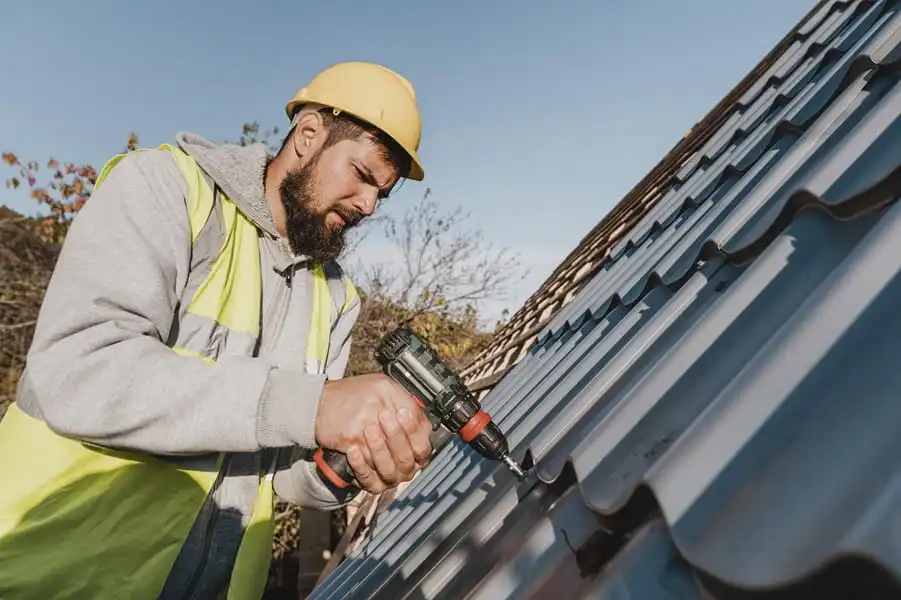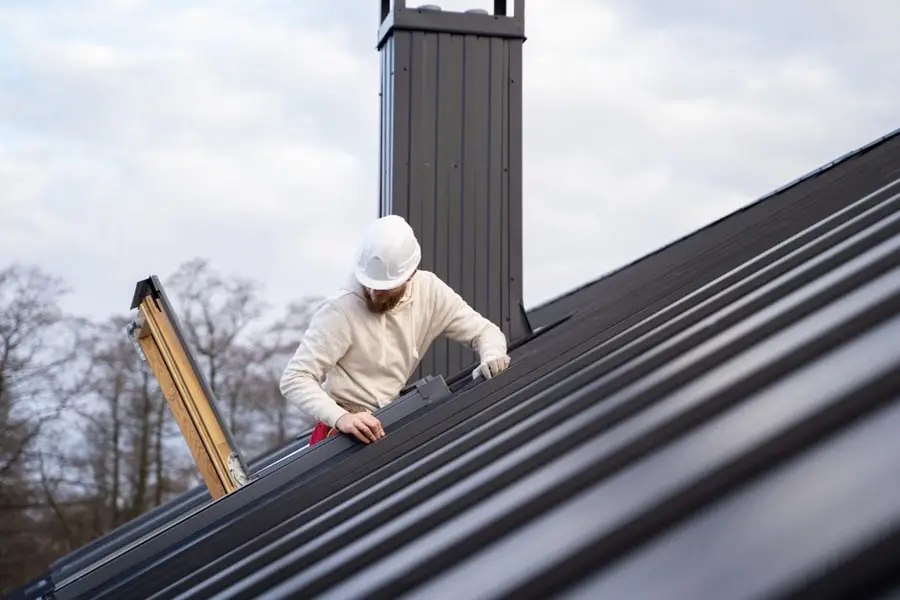How to Prepare Your Tampa Roof for Hurricane Season
Protect your Tampa home from storms with expert hurricane roof preparation. Licensed Florida roofers providing free roof...

Tampa sits in a high-risk tropical cyclone zone, so roof protection matters. Extreme winds, hail, heavy rain, and flying debris can lead to roof damage, water damage, and structural problems. These issues get worse during peak hurricane season from June to November.
Tampa Bay and nearby communities, including Greater Carrollwood and Lake Magdalene, also face tornado-spawning storms, repeat rain bands, and rapid weather changes due to Florida’s coastal climate. In these conditions, small roofing issues can become leaks quickly.
Affordable Roofing Systems, a trusted local roofing contractor, provides roof inspections, repairs, and replacements to help homeowners strengthen their roofs before storms hit. With over 30 years of experience, licensed crews, GAF hurricane-rated products, and full compliance with Florida building codes, our team prepares your roof for severe weather while keeping the process simple. Understanding your home insurance policy, roof age, and warranty coverage also helps you plan ahead.
Key Takeaways
- Tampa sits in a high-risk storm zone where winds can top 100 mph.
- Even small roof problems can turn into leaks and interior damage during a hurricane.
- Preparing your roof early can prevent major repairs and save you thousands.
Common Mistakes to Avoid
Skipping a roof inspection:
- Small issues turn into big leaks fast during a Tampa storm.
Putting off repairs:
- Minor damage gets worse once heavy rain, wind, and hail start hitting the roof.
Ignoring gutter upkeep:
- Clogged gutters push water under the roof edge and can cause wood rot and interior water damage.
Not trimming trees:
- Overhanging branches can punch through shingles or clog gutters when storms roll in.

1. Schedule a Free Tampa Roof Inspection Before and After Hurricane Season
A professional roof inspection helps find weak spots before the Atlantic hurricane season begins. Strong winds and heavy rain can exploit even minor issues, so addressing them early reduces the risk of leaks, deck damage, and costly emergency repairs.
What Does a Roof Inspection Cover?
- Shingle Condition: Checks for loose, cracked, or missing architectural shingles.
- Flashing and Seals: Inspects chimneys, vents, skylights, and wall joints.
- Gutters and Drainage: Confirms water flows away from the house.
- Roof Fasteners: Verifies shingles and underlayment are properly secured.
- Structural Areas: Identifies sagging, wood rot, or soft spots.
- Attic Check: Looks for light exposure, moisture, mold, ventilation, and energy performance issues.
Pro tip: Book early in spring so repairs are completed before the first tropical system hits Tampa.
Warning Signs and Recommended Actions
| Warning Sign | Why It’s a Problem | Recommended Action |
|---|---|---|
| Missing or loose shingles | High winds can tear off weak edges | Replace with impact-resistant architectural shingles |
| Damaged flashing | Water finds openings during sideways rain | Reseal or replace with waterproof flashing |
| Clogged gutters | Water backs up under shingles | Clean and add gutter guards |
| Soft or sagging areas | Indicates deck or framing issues | Schedule a professional inspection |
| Roof over 15 years old | May not meet insurance or code standards | Consider replacement with a hurricane-rated system |
Affordable Roofing Systems offers free roof inspections to help Tampa homeowners prepare. Book yours or learn more on our Roof Inspection Services page. This is a free quote and assessment, not a 4-Point or insurance inspection.
2. Reinforce Your Roofing System
Upgrading to hurricane-ready materials, like impact-resistant architectural shingles, modified bitumen for flat roofs, or metal panels, improves performance against wind and hail. Stronger edge details and secure fasteners help prevent wind uplift and shingle loss.
Quick Reinforcement Checklist
- Use architectural shingles instead of 3-tab
- Upgrade edge flashing and drip edges
- Confirm fasteners meet Florida wind specs
- Add secondary water barrier when possible
See how architectural shingles improve storm performance on our Tampa roofing solutions page.

3. Clean and Maintain Your Gutters
Clogged gutters push water under the roof edge and cause damage to soffits and fascia boards. Clear debris, tighten gutter hangers, and make sure downspouts move water away from the foundation. Homes with flat roof areas need clear scuppers and drains to prevent ponding.
Steps to Keep Your Gutters Ready for Hurricane Season
- Clear leaves and debris from gutters and downspouts
- Tighten gutter hangers and brackets
- Confirm downspouts move water away from your home
- Clear scuppers and drains on flat roof areas to prevent ponding
Need help with upkeep? Visit our Roof Care 101: Essential Roof Maintenance page.
4. Trim Trees and Remove Roof Debris
Keep branches at least 10 feet from the roof. Remove leaves, palm fronds, and other debris that hold moisture. This reduces the risk of punctures, limits storm-related impact damage, and helps shingles dry after daily summer storms.
5. Inspect and Reinforce Roof Flashing and Sealant
Flashing around chimneys, walls, and skylights takes the full force of sideways rain during hurricanes. Look for rust, gaps, or cracked sealant. If anything looks weak, have a professional reseal or replace those areas before long rain bands arrive.
6. Consider Roof Replacement if Necessary
If your roof is 15 years or older, has widespread wear, or struggles in high wind, replacement may be the safest option. Older roof systems often impact insurance coverage and warranties.
Modern, hurricane-rated roofing systems using GAF components improve protection and can support a wind mitigation inspection, which may help reduce your homeowners insurance premiums. Options include:
- Metal roofing: Durable, impact-resistant, and long-lasting.
- Architectural shingles: Budget-friendly, strong wind ratings.
We do not recommend basic 3-tab shingles for storm zones.
Financing is available through our partnership with Service Finance Company, making it easy to spread out the cost of your roof replacement. Explore your options on our Roof Replacement page.

7. Secure Roof Attachments and Exterior Structures
Check mounting for solar panels, satellite dishes, pool-screen tie-ins, and HVAC stands. Tighten loose hardware and make sure straps meet Florida building code standards. This includes checking truss-to-concrete tie-downs, which help prevent uplift during severe storms or tornado winds.
8. Reinforce Your Garage Door
A weak garage door can allow wind to pressurize your home, increasing the risk of roof uplift. Consider a bracing kit or hurricane-rated door to reduce storm damage risk.
9. Create a Post-Storm Roof Assessment Plan
After a storm, inspect for missing shingles, lifted edges, ceiling stains, or wet insulation. Check safely from the ground and attic. Document damage with photos for your insurer, then contact a licensed roofer promptly.
What to Check After a Storm
- Look for missing shingles or lifted edges
- Check ceilings for new stains
- Inspect the attic for moisture or wet insulation
- Take photos of any damage for your insurance claim
- Call a licensed roofer if you see anything concerning
Avoid DIY repairs on damaged roofs. Many insurance policies require licensed work. For fast help, request Storm Damage Roof Restoration from our Tampa roof repair experts.
Quick Checklist: Hurricane Season Roof Prep To-Do List
Before Hurricane Season
- Schedule a free roof inspection in Tampa.
- Upgrade to impact-resistant shingles or metal where needed.
- Tighten edges and fasteners to Florida wind specs.
- Clean gutters and downspouts.
- Trim overhanging branches.
- Secure solar, satellite, and HVAC mounts.
- Inspect and reseal flashing and vents.
After a Hurricane or Severe Weather
- Check for missing shingles and ceiling stains.
- Inspect the attic for moisture.
- Call Affordable Roofing Systems for a professional assessment.

Special Considerations for Different Roof Types
Different roof types face different storm risks in Tampa. Here’s a quick look at what to watch for before hurricane season.
Roof Types and Storm Risks
| Roof Type | Main Storm Risk | What Homeowners Should Watch For |
|---|---|---|
| Metal Roofs | Fasteners can loosen in strong wind | Check screws, seams, and any rust spots |
| Architectural Shingles | Edges can lift in high winds | Look for lifted corners or missing granules |
| Tile Roofs | Cracked or loose tiles from flying debris | Check for broken tiles and gaps |
| Flat Roofs | Ponding water after heavy rain | Watch for standing water and soft spots |
| Gable Roofs | Higher wind pressure on the end walls | Check bracing and look for loose shingles |
| Hip Roofs | Better wind performance but flashing can fail in storms | Inspect flashing around valleys and walls |
Local Proof You Can Trust
Affordable Roofing Systems is licensed and insured in Florida, License CCC1326722. We install GAF roofing systems and back our work with strong warranties. Tampa and Greater Carrollwood homeowners mention fast installs, clean job sites, and helpful photo reports in our reviews.
“Had a roof installed in late May 2025 and it has been just wonderful. The representative did a thorough evaluation and explained the entire process clearly. The crew arrived at 6:30 AM, worked until evening, and left the property spotless. Their work ethic and attention to detail are remarkable — the roof still looks great and has held up perfectly through Tampa Bay’s daily summer rainstorms.”
— Farah K., Tampa homeowner
Protect Your Tampa Roof Before the Storm Hits
Taking a proactive approach now helps prevent costly hurricane damage later. Fix weak spots, document your roof, and be ready for any storm.
Schedule your free roof inspection today. Call (813) 542-8462 or request service online for Tampa roofing solutions.
Affordable Roofing Systems: Where experience and quality matter.
9511 N Trask St Ste A, Tampa, FL 33624 • Serving Tampa, Greater Carrollwood, and the Tampa Bay area.
